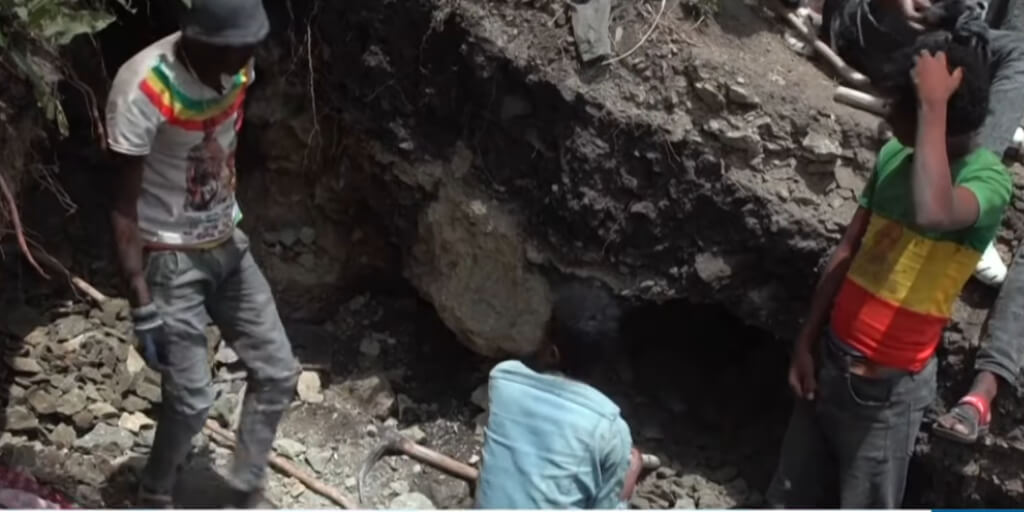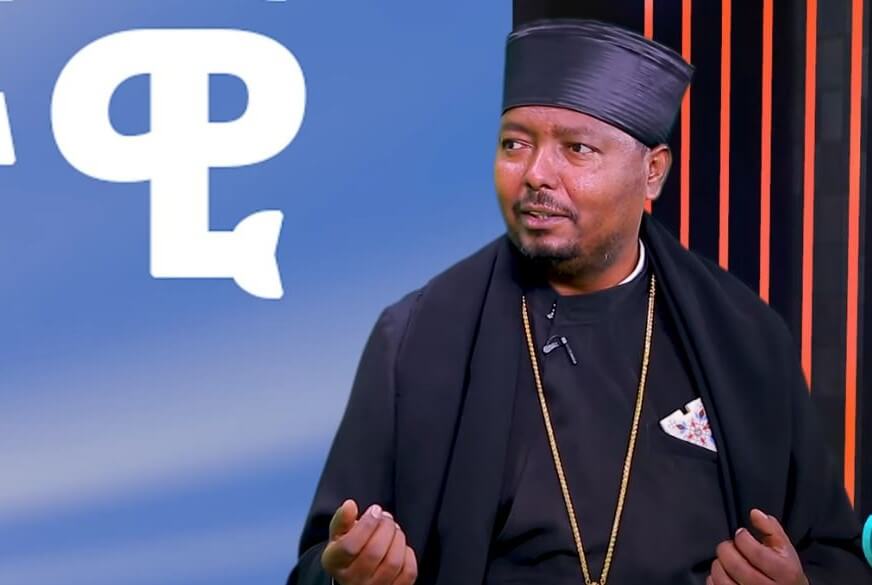MSF says hundreds of Ethiopian migrants await repatriation in Sana´a
“We arrived in Yemen at midnight” says Jemale, a 20-year-old Ethiopian who left his home four months ago. His plan was to travel to Saudi Arabia in order to find work.“As we had heard stories of traffickers, we hid on a small mountain. The next day we tried to get some food. We met an older man and his camel. He told us that he was getting us something to eat, but he sold us to traffickers.
“We arrived at a compound where there were eight people and all of them were terrified. We were told that if we couldn’t arrange for someone to send money, they would hurt us. I tried to explain that I was poor. I watched as they began to burn a piece of metal in the fire and they used it to burn my leg”.
Fleeing traffickers
Jemale is currently in the detention center for migrants in Sana’a, the capital of Yemen. He managed to get away from the traffickers but one of his friends was shot in the leg during the escape. Jemale doesn’t know what happened to him.
After wards, he spent days hiding in the mountains without food or water, after which he decided to undertake the journey back. It took 12 days to reach Sana’a, where he lived in the entrance of the Yemen migration center. After a long month he was finally able to get inside.
I lived with my parents and my 10 brothers and sisters in Ethiopia. I finished school and didn’t have a job. We all decided that I would make this trip. I ran out of money before I got to Yemen, so I told the traffickers that I did not have a
mother so that they would not have to pay for my release,” continued Jamale. This story is repeated throughout the center. Yemen is a country of transit for the thousands of migrants. Most of them leave the Horn of Africa to try to get to the countries of the Arabian Peninsula, mainly from Ethiopia to Saudi Arabia. These people often become victims of traffickers, who attempt to extort and torture these migrant workers.
Repatriation
Last April, the Yemeni authorities carried out a campaign to release hundreds of migrants held by traffickers and began to repatriate them to their home countries.
Since then, the number of migrants who voluntarily approach the center seeking repatriation has significantly increased.
In the Sana’a detention center, the living conditions are precarious. With a maximum capacity of just 250 people, the center is currently housing nearly three times this number. Migrants are locked up in large cells for most of the day.
Several organizations, including the International Organization for Migration (IOM)and the Yemeni Red Cross, give them medical care and food. Médecins Sans Frontières/Doctors Without Borders has been running a mental health care program at the center since May.
“The migrants who arrive at the center are very traumatized; some of them haven’t eaten for days or even weeks,” explains Esperanza Leal, an MSF psychologist working in the detention center. “We create active listening spaces. We explain that these are normal reactions to the traumatic experiences that they have been through. There are many cases of post-traumatic stress disorder and severe depression. But the essential focus of the intervention is very much related to recovering dignity, reminding them that they are individuals with the right to social recognition.” It is better to remain at home than to be a slave, this is slavery. This really is modern slavery.
The return home
Because the vast majority of migrants are Ethiopian, representatives from the Ethiopian embassy visit the detention center once a week. They help the migrants prepare the necessary documents for repatriation. According to Yemeni authorities, about 4,000 migrants have been repatriated to theircountries of origin since April.
“Just to deport the migrants who are in Yemen would take us a long time. For example, near the border with Saudi Arabia it is estimated that there are nearly 30,000 Ethiopian migrants trying to cross the border, and there are more at other sites,” says Abdullah al-Zurqah, Yemen’s General Director of Migration and Deportation.
“Our country needs a huge amount of support on this issue, because migrants are arriving at Yemen’s coastline almost every day,” he added.
Awel worked as a teacher, journalist, translator and businessman in Ethiopia. When he lost his job he decided to try his luck in another country. His mother gave him a little money for the trip, which ran out before leaving Ethiopia.
As a result, he was forced to make most of the journey on foot. From Ethiopia he went to Somaliland and then to Djibouti. He begged and tried to work to continue his journey.
“A road to death”
“To those who are thinking of leaving Ethiopia or who have already left, I tell them this is a road to death,” he explains.
In Yemen, he was cruelly tortured for 17 days. On his birthday, he decided that he would escape or die. He managed to get away, and sought help from a Yemeni family.They tended to his wounds and helped him for part of his journey to Sana’a.
After 17 days of living poorly outside the center, he could finally enter. “It is very difficult to come to Saudi Arabia and if you do succeed, the police or the Saudi soldiers send you back to Yemen so you are in the same situation. There is no need. I advise those who are thinking of emigration that it is better to remain at home than to be a slave, this is slavery. This really is slavery, modern slavery”.
Caption: Hundreds of Ethiopian immigrants in Yemen were rescued during the start of the Arab Spring in Feb. 2011
Photo – VOA







